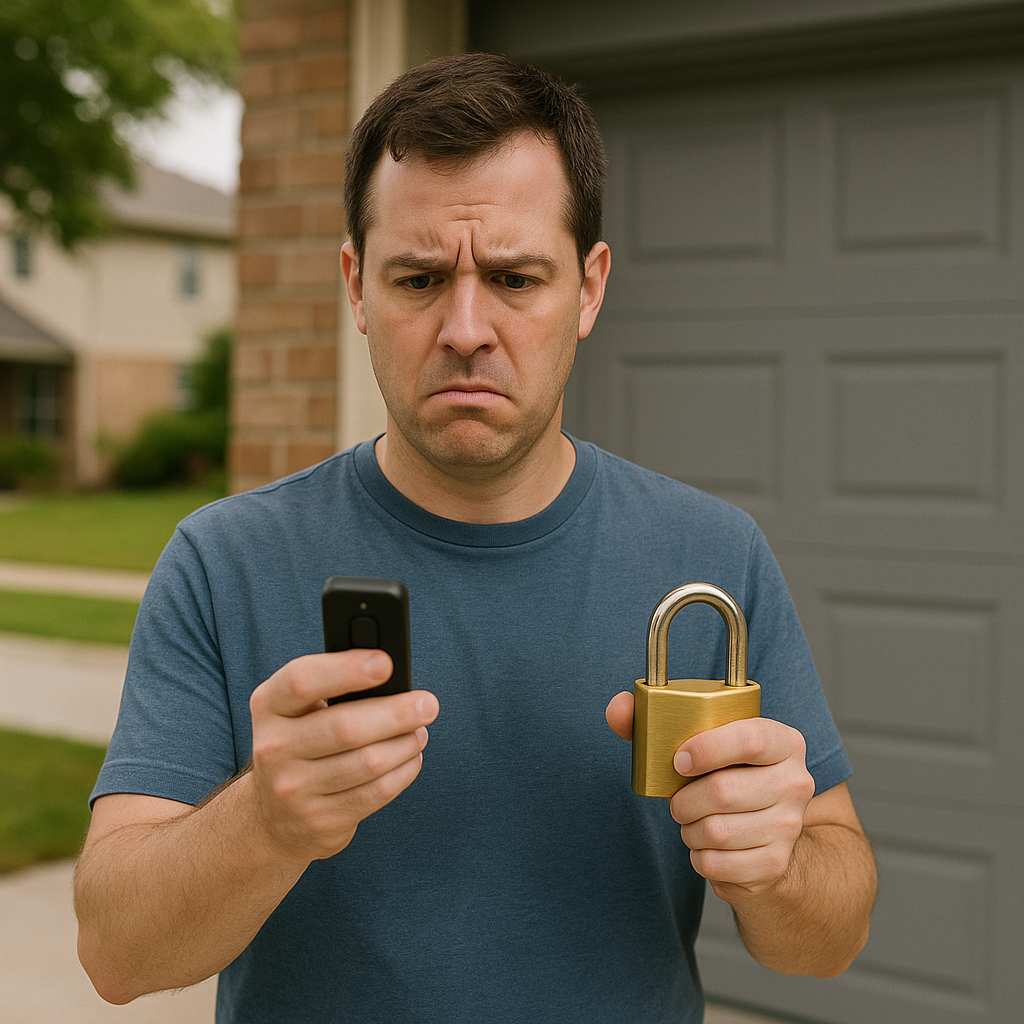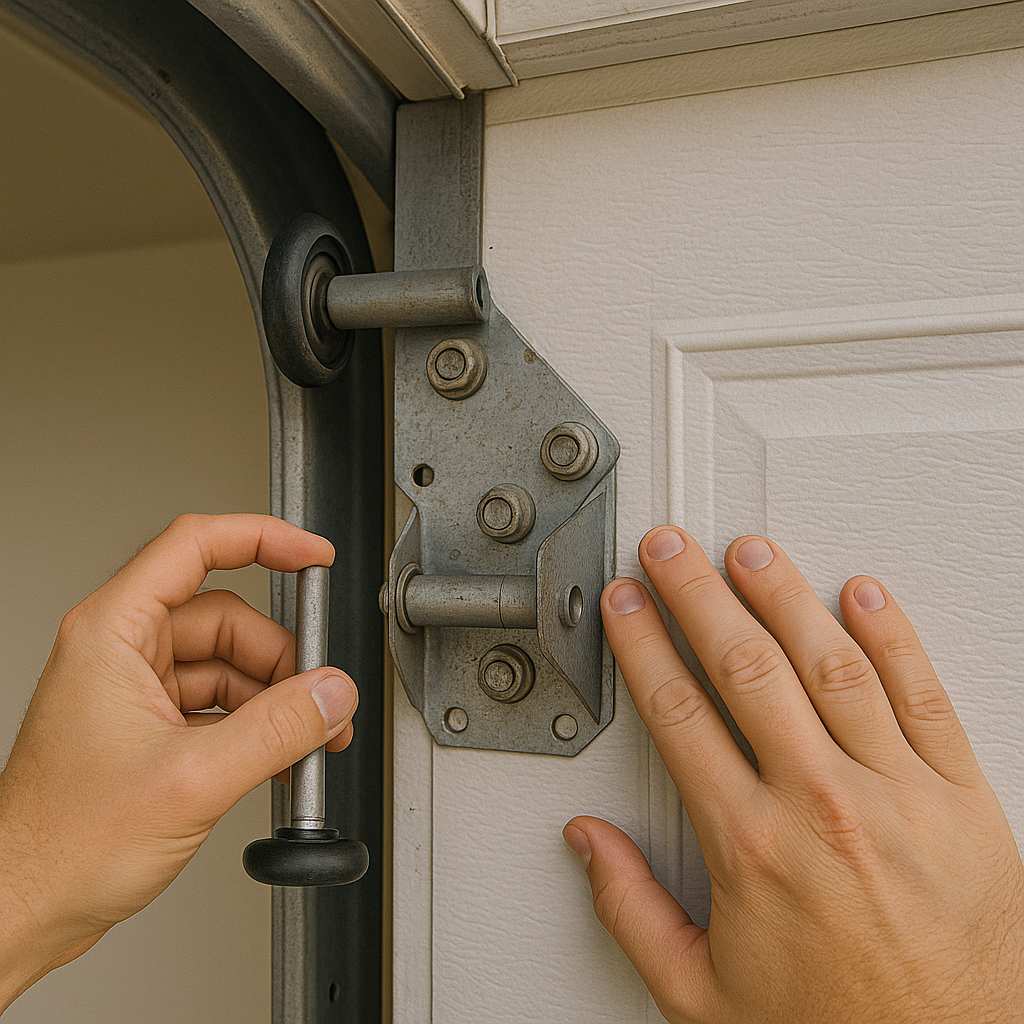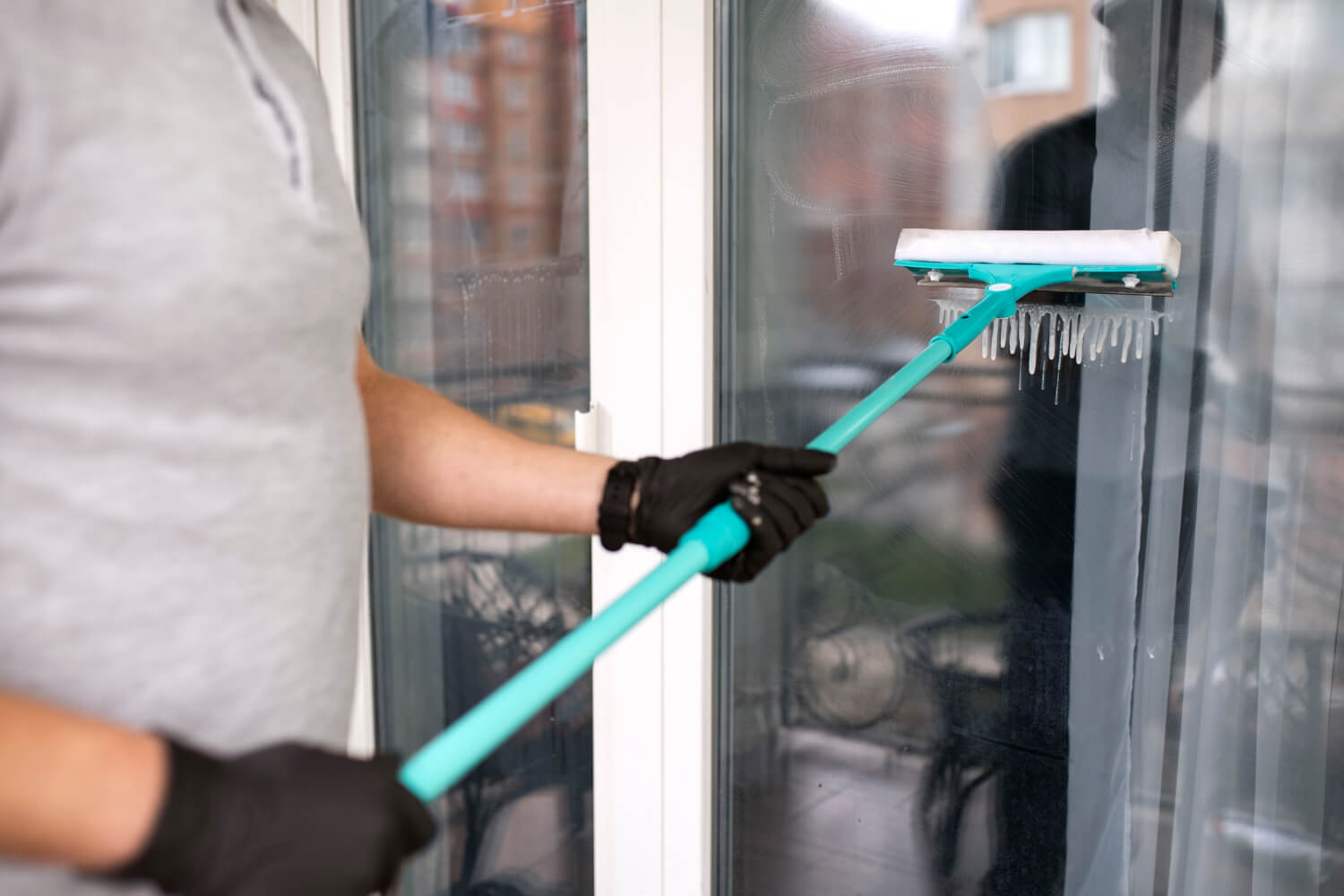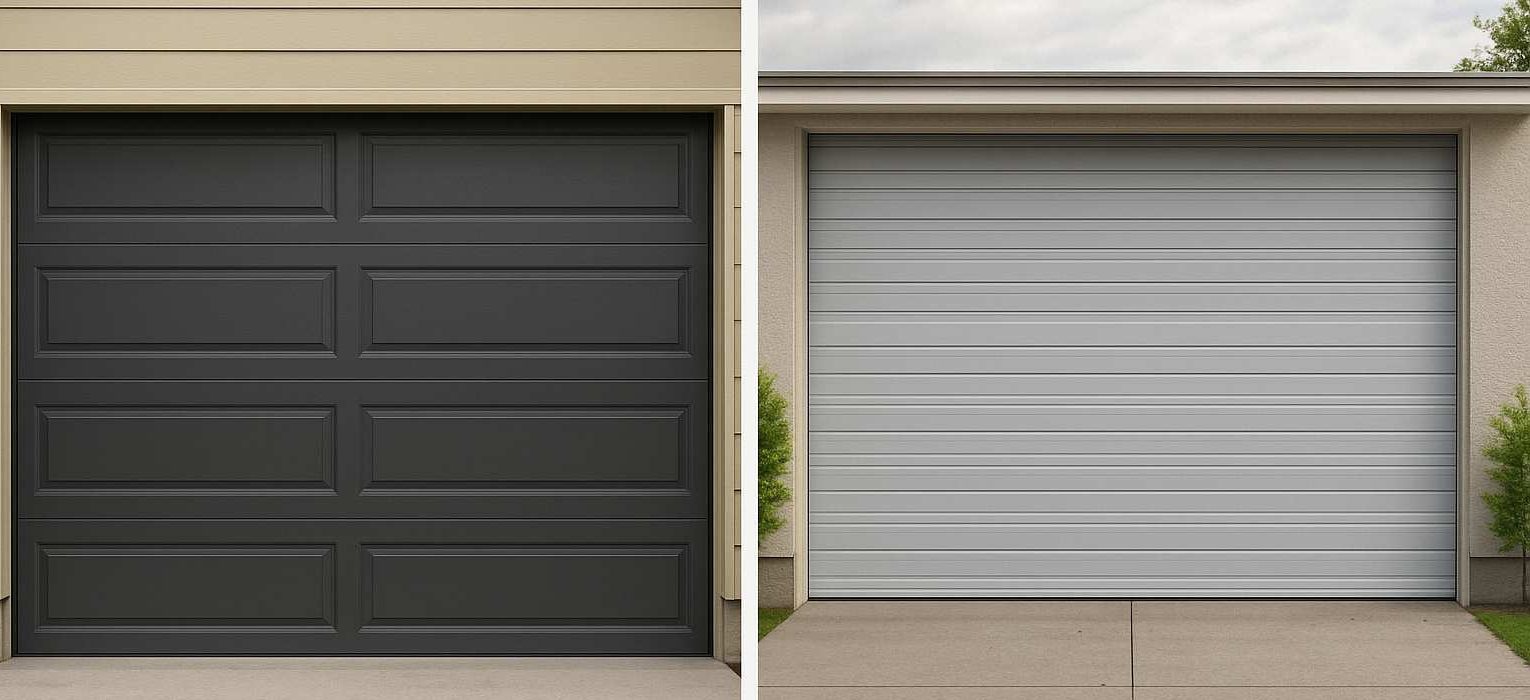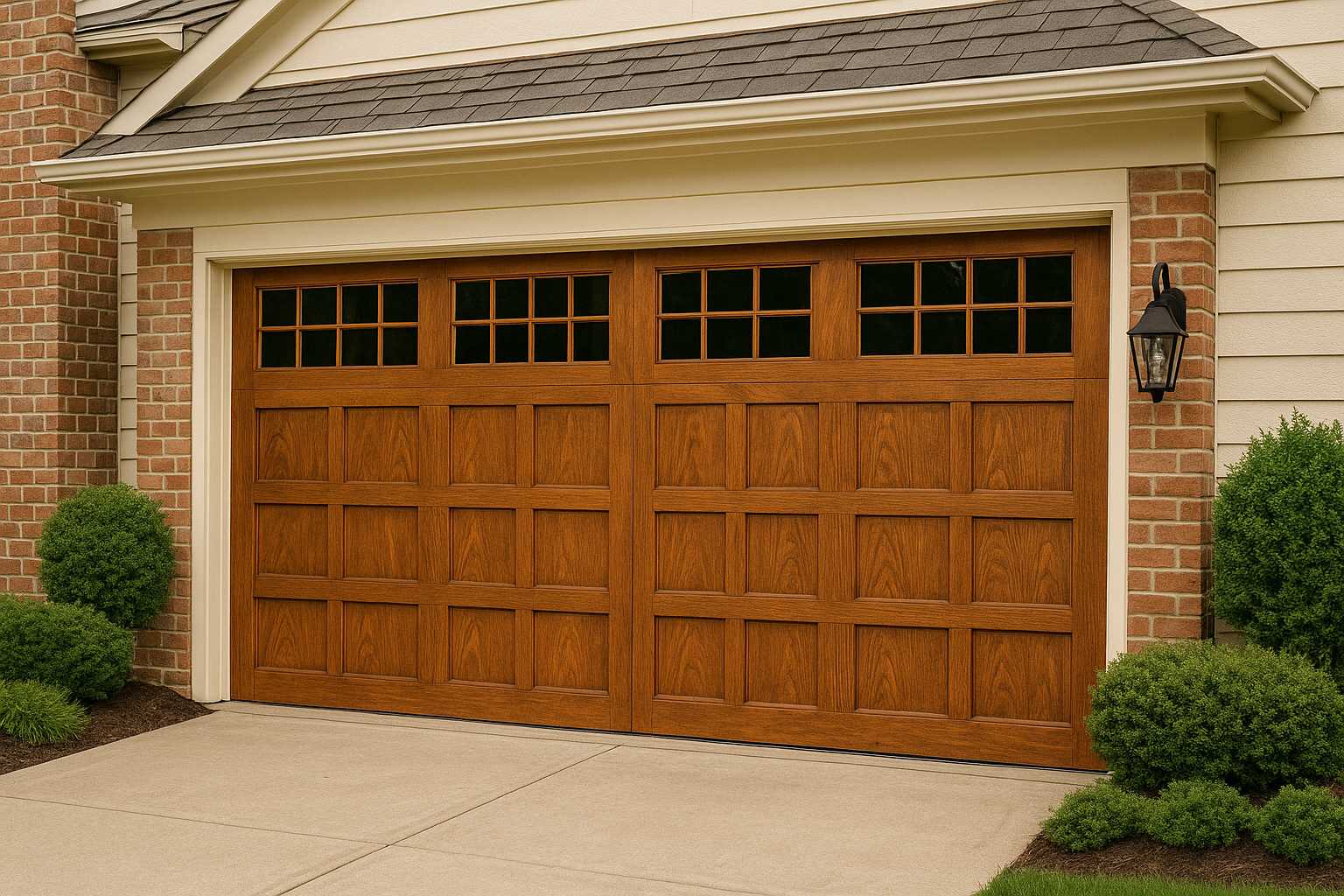If you’ve just realized your garage door remote is missing, don’t panic. But do act quickly. A lost or stolen garage door remote is more than just an inconvenience—it’s a potential security threat to your home. Here’s a comprehensive guide on what to do next to minimise the risk, keep everything secure, and regain your peace of mind.
Immediate Action: Secure Your Home
The moment you notice your garage door remote is missing, your first priority should be to secure the garage door itself. Follow these steps to make sure your home is as secure as possible:
- Close the Garage Door: First things first, ensure your garage door is fully closed and stays that way.
- Use the Emergency Release Cord: Locate the emergency release cord—it usually has a red handle hanging from the garage door opener. Pull it to disconnect the door from the system, letting you operate it manually.
- Use a Padlock: For added security, insert a padlock through one of the side tracks of the garage door. This step prevents potential intruders from lifting or opening the door from the outside.
Securing the Garage Door
Once you’ve manually secured your garage door, consider additional measures for enhanced protection:
- Manual Slide Lock: Use the manual slide lock, if available, to prevent the garage door from being opened from outside.
- Secure the Home Entry Door: If your garage has direct access to your home, ensure that door is locked with a deadbolt to prevent intruders from moving into the house.
Disabling the Stolen Garage Door Remote
The next crucial step involves disabling the missing remote so it cannot be used maliciously:
- Erase the Remote from the System: Most openers allow you to erase or reprogram remotes. Refer to your garage door opener’s manual for specific instructions on how to do this.
- Resetting the System: If you can’t erase a single remote, reset the entire system. This requires you to reprogram all existing remotes and keypads, effectively locking out the lost or stolen one.
Resetting or Upgrading Keypad Codes
If your garage door can be operated via a keypad, change the access code immediately:
- Update Your Keypad Code: Most keypads use codes linked to your garage door system. Follow your owner’s manual to update this code to ensure security is maintained.
Check Security Footage & Notify Neighbours
After you’ve handled the immediate threat, it’s important to understand how the remote went missing:
- Review Security Footage: If you have security cameras, check if any footage shows someone taking the remote.
- Notify Your Neighbours: Let your neighbours know about the stolen remote. They can keep an eye out for suspicious activity and help ensure community safety.
Consider Upgrading Your System
This mishap might just be the motivation you need to upgrade your garage security:
- Smart Garage Door Openers: These systems integrate with your smartphone, allowing you to monitor and control the door remotely, receive real-time activity alerts, and assign temporary access codes to guests.
- Rolling Code Technology: If you’re still using a garage opener with fixed codes, now might be the time to upgrade. Systems with rolling code technology change the code each time the remote is used, greatly reducing hacking risks.
Understanding Security Risks
The risks linked to outdated garage systems are real. Here are key points to consider:
- Hacking Risks: Fixed code systems are vulnerable to hackers intercepting and duplicating signals. Modern systems with rolling code technology offer much more robust protection.
- Wireless Vulnerabilities: Risks such as brute force attacks and signal jamming are inherent to older technologies. Using encryption and strong passwords can mitigate these vulnerabilities.
Physical Security Concerns
The loss or theft of a remote poses a tangible concern. Consider these physical security measures:
- Backup Security Measures: Always have secondary, manual locking features available to ensure your garage is secure, even in the event of remote loss.
- Secure Storage: Spare remotes and keypads should be stored securely to avoid accidental loss or theft.
Reporting the Incident
If you’re convinced the remote was stolen, especially as part of a larger incident, it’s wise to report this to local authorities. Doing so can assist in recovering stolen items and deterring further thefts.
Long-Term Security Measures
Prevent future losses and improve your home’s security with these long-term strategies:
- System Updates: Regularly update your garage door opener system to ensure it uses the latest security upgrades.
- Backup Systems: Invest in additional security measures such as manual locks, smart home integrations, and alternative entry barriers.
Conclusion
While a lost or stolen garage door remote can seem daunting, taking these immediate and long-term steps can restore security and peace of mind. Remember, timely action is crucial to safeguarding your home from unauthorized access. Stay vigilant, stay updated, and keep your home protected.

